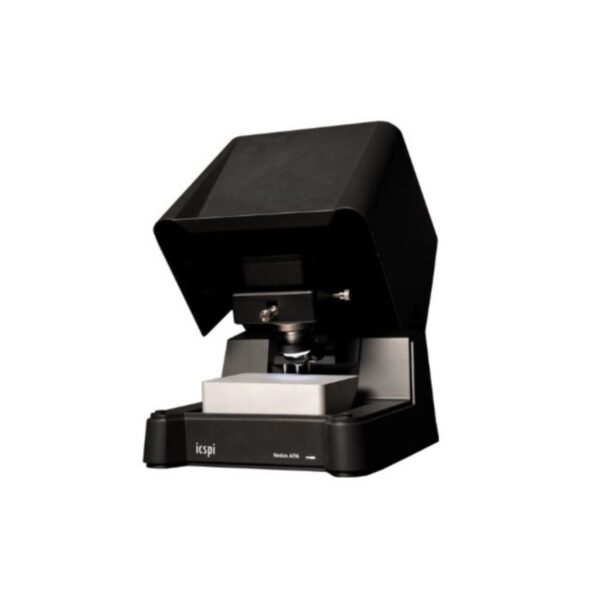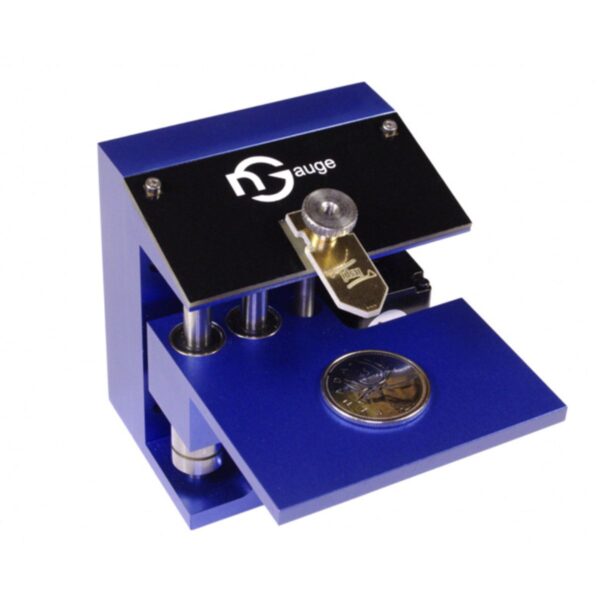ICSPI – Redux AFM
Effortlessly collect 3D topography data with sub-nanometer precision on your benchtop with the Redux AFM. Get quantitative data in minutes for topography, roughness, film thickness, particle size and more.
Effortlessly collect 3D topography data with sub-nanometer precision on your benchtop with the Redux AFM. Get quantitative data in minutes for topography, roughness, film thickness, particle size and more.



